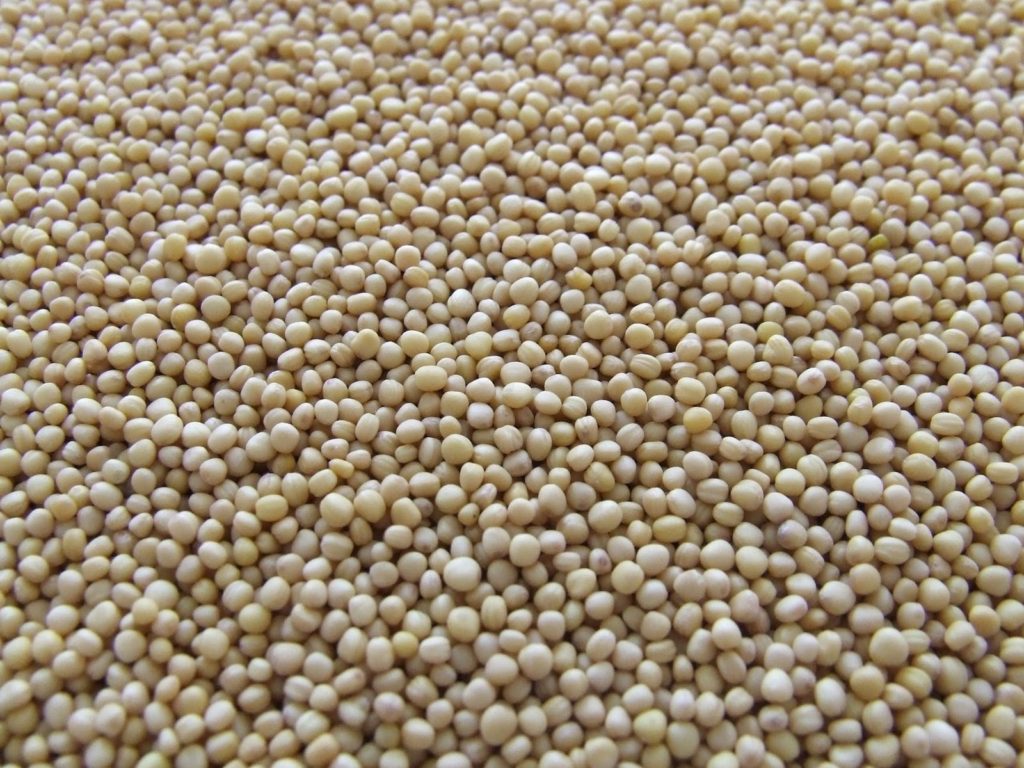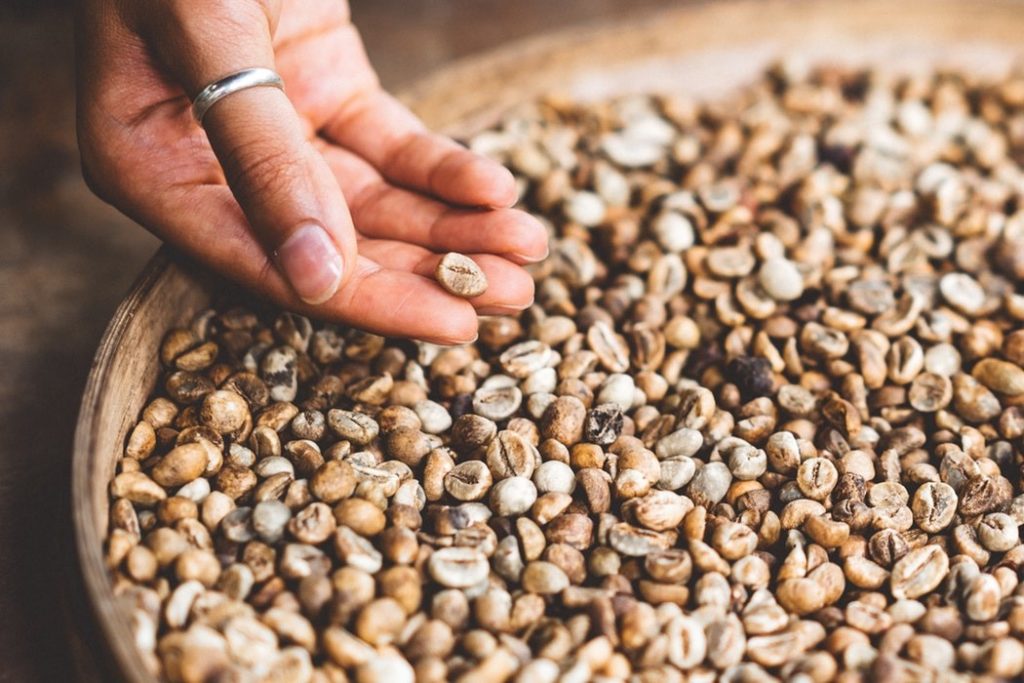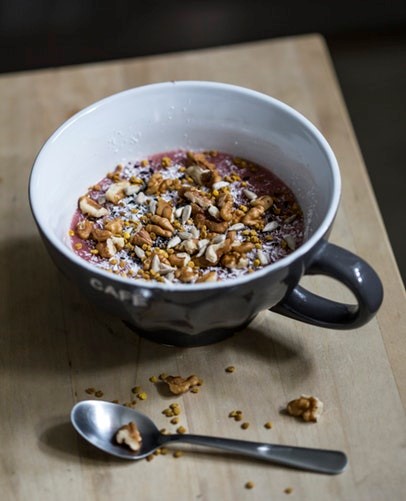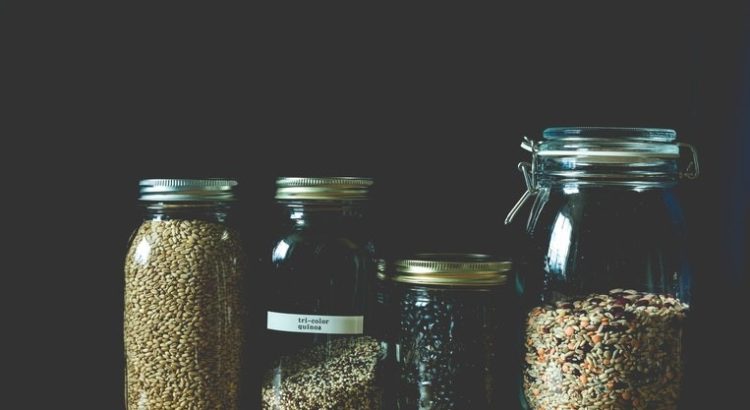When we think of oatmeal, we usually have a one basic “go-to” main ingredient: oats. Some of us have seen different variation of oats such as rolled oats, quick oats, steel cut oats, Scottish oats, or even oat groats. But there are a variety of grains that can be eaten just like regular oats or even mixed in with your usual oatmeal to change things up a bit. All of these grains are naturally gluten-free and provide an incredible amount of health benefits.
Quinoa

Not only is quinoa one of the only grains considered a complete protein (because it contains lysine), but it contains nearly double the amount of fiber than other grains. In addition to being a rich source of manganese, magnesium, phosphorus, folate, and iron, 1 cup of cooked quinoa contains an average 8 grams of protein and 5 grams of fiber. It may be safe to say that quinoa might be one of the best alternatives to your usual bowl of oatmeal.
Amaranth

Similar to quinoa, amaranth is a complete protein and a rich source of fiber. Amaranth takes the slight lead with a full 9 grams of protein and 5 grams of fiber in every 1 cup of cooked amaranth. This uncommon small round seed-like grain is often enjoyed as a hot or cold cereal, as a soup thickener, ground to make flour, and even popped like popcorn! This incredible nutritious grain provides a rich source of calcium, iron, magnesium, phosphorus, and potassium. Try a bowl of amaranth for your next breakfast or try cooking in a few spoonfuls with your oats!
Buckwheat

This is another great grain to use in lieu of regular oats. Buckwheat can be mixed in with other grains such as rice, it can be ground up into a flour for cooking, or it can be enjoyed as a hot cereal. Like the other grains, buckwheat contains nearly 6 grams of protein and about 5 grams of fiber, and similar nutrients such as manganese and phosphorus. Although, unlike other grains, buckwheat contains flavonoids – these flavonoids are a phytonutrient that can help protect the body against disease due to increasing the effects of vitamin C and acting like an antioxidant. Try this delicious recipe for buckwheat overnight oats the next time you feel a cold coming on.
Teff

Teff may be taking the lead with the amount of protein – in every 1 cup of cooked teff, there is nearly 10 grams of protein and about 7 grams of dietary fiber! This incredible food is not only provides a significant amount of protein, but it’s a rich source of calcium, copper, vitamin C, and iron. Teff can be enjoyed in a variety of ways. Try out these delicious Banana Almond Teff recipe the next time you want to spruce up your morning!
Needless to say, these amazing grains can provide a significant boost to your overall health; the gluten-free grains can help reduce inflammation, increase digestive health, lower blood pressure, and are proven to help reduce total cholesterol and triglycerides. Try out these grains by themselves, adding them into your usual oats, mixing all the grains for a “super medley” breakfast oatmeal, or explore your creativity by using them in different ways.
